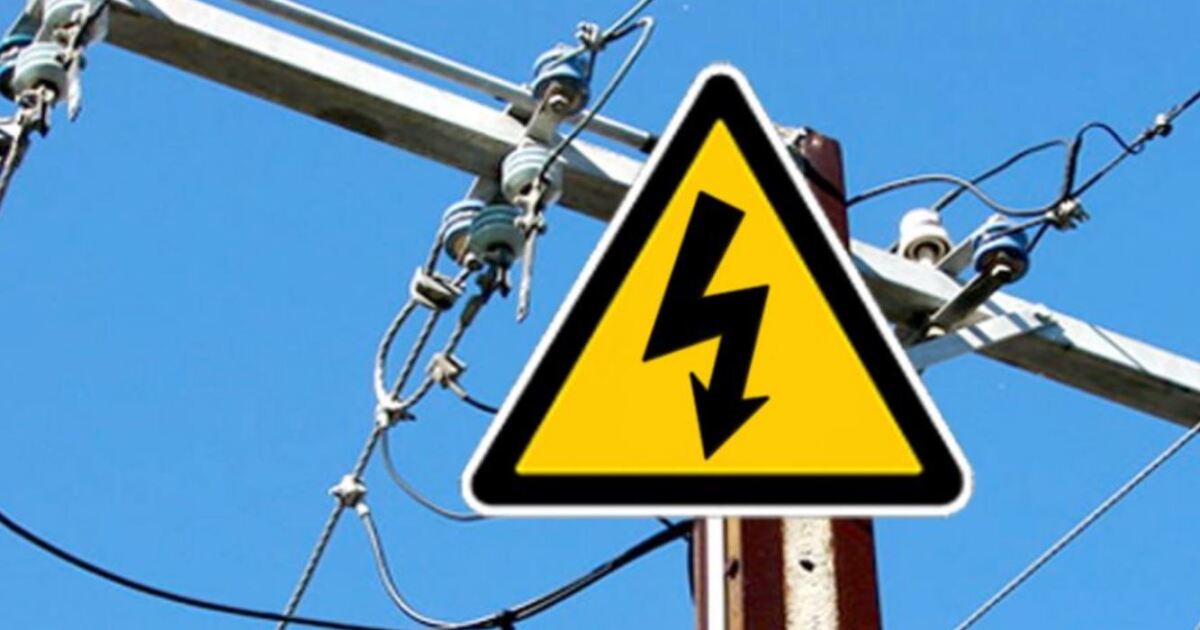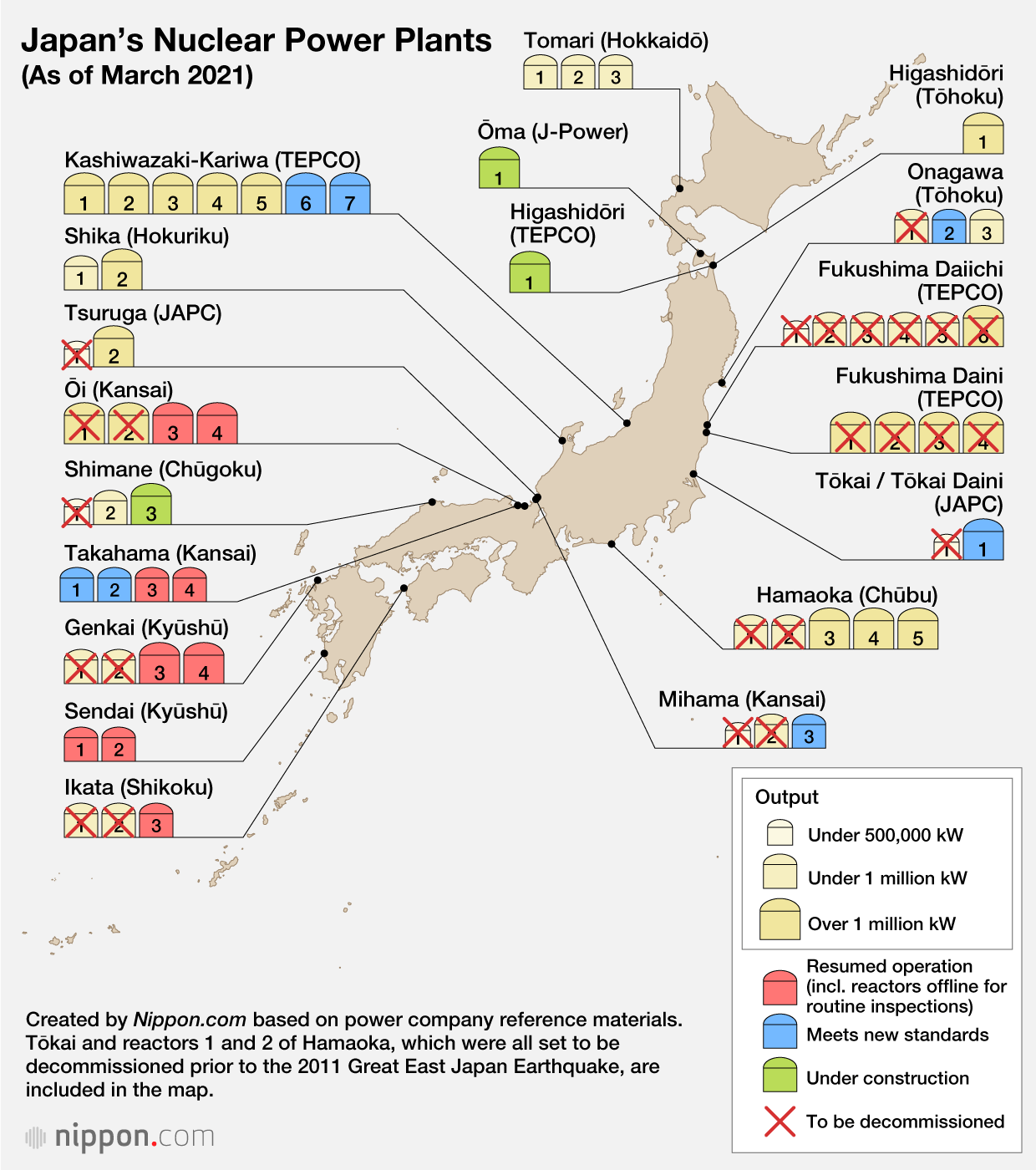Nemtduom volt-e itt már, de gondoltam bedobom mint érdekesség. Én most hallok róla először
Read news articles related to GE Vernova, as well as energy industry news about a variety of topics including sustainability, grid solutions, and more.

www.ge.com
Próbálok tárgyilagos maradni, személyes véleményem megtartani.
Szóval nem az lenne hogy kivesszük a vízből a hidrogént és elégetjük hanem még a levegőből is kivesszük a nitrogént és így ammóniát készítünk na és azt égetjük el. Mert hogy NH3-ból nem lesz CO2, bár az össz hatásfok így elsőre elég alacsony lehet, de zéró carbon. Égetés során viszont úgy néz ki NOX lesz dögivel ami azért probléma. Baromi drága előállítani, na meg nem is gyullad be olyan egyszerűen mint pl a metán ráadásul mérgező ami megnehezíti az üzemeltetést/karbantartást. De könnyebb szállítani.
Szóval vannak kérdőjelek, mindenestre most ezt kutatják. Az meg nem bűn.
PROS
• Reduced carbon footprint – If ammonia is synthesized from either blue or green hydrogen, along with nitrogen produced from zero carbon electricity, it can be labeled as green ammonia. Ammonia produced with blue hydrogen may be labeled as blue ammonia, but there could still be carbon emissions tied to the production of nitrogen.
• Easier to transport – Ammonia can be liquefied at a higher temperature than either hydrogen or natural gas, meaning less energy is spent in creating a cryogenic liquid (see table at left). Ammonia must be cooled below -28° F (-33° C) to liquefy, whereas hydrogen requires cooling below -423° F (-253° C) which is 37 °F (20° C) above absolute zero. Whereas hydrogen would require a fleet of new cryogenic tanker ships for transport, there is potential to use existing ships to transport ammonia.
• Already used in power plants – Ammonia is a key chemical used in SCR systems to reduce NOx emissions in many power plants around the world
CONS
• Very high rates of NOx production – During the process of combustion in a gas turbine configured with a current DLN (dry low NOx) combustion system, the nitrogen in ammonia tends to convert to nitric oxides (NOx) at a rate of ~100X more than in methane or hydrogen flames at the same flame temperature. This will yield NOx emissions in excess of 1000ppm. This is even true with blends of ammonia and natural gas.
• LCOE penalty – Using ammonia in existing power plants could increase the levelized cost of electricity (LCOE). Today, ammonia produced from hydrogen ranges in price from $300–$600 per metric tonne (equivalent to $17 and $34/MMBTU), which is 3–11X more expensive than natural gas. These prices are based on grey hydrogen; using green hydrogen (which may cost 3–6X more than grey hydrogen) will drive the price of green ammonia even higher.
• Combustor operability challenges – Ammonia has lower reactivity which might reduce flame stability. Its lower flammability limit is ~3X higher than methane’s, implying there might be challenges in getting reliable ignition.
• Ammonia is classified as acutely toxic – It interacts with available moisture in the skin, eyes, mouth, respiratory tract, and particularly mucous surfaces
leading to chemical burns. As an example, OSHA defines the Immediately Dangerous to Life or Health (IDLH) limit for ammonia at 300ppm, which is equivalent to 0.03%.
• Large increases in usage rates at power plants – Using ammonia as a fuel would increase required amounts (relative to SCR flow rates for natural
gas systems) by roughly 400–600X, depending on the gas turbine and plant configuration.
• Supply chain energy penalty – Multiple chemical conversions are required to achieve power-to-ammonia to- power. These steps degrade the overall process round-trip efficiency. Aside from creating green hydrogen, nitrogen must be separated from air. Energy is required to combine these into ammonia and to liquefy. (This last step uses less energy than liquefying hydrogen.) After transport, ammonia could potentially be used as fuel, or it could be split back into hydrogen and nitrogen. Not counting any losses during transport, due to the increased number of conversion steps, the round trip process for
ammonia has ½ the efficiency of the hydrogen path.

www.klimarealista.hu




